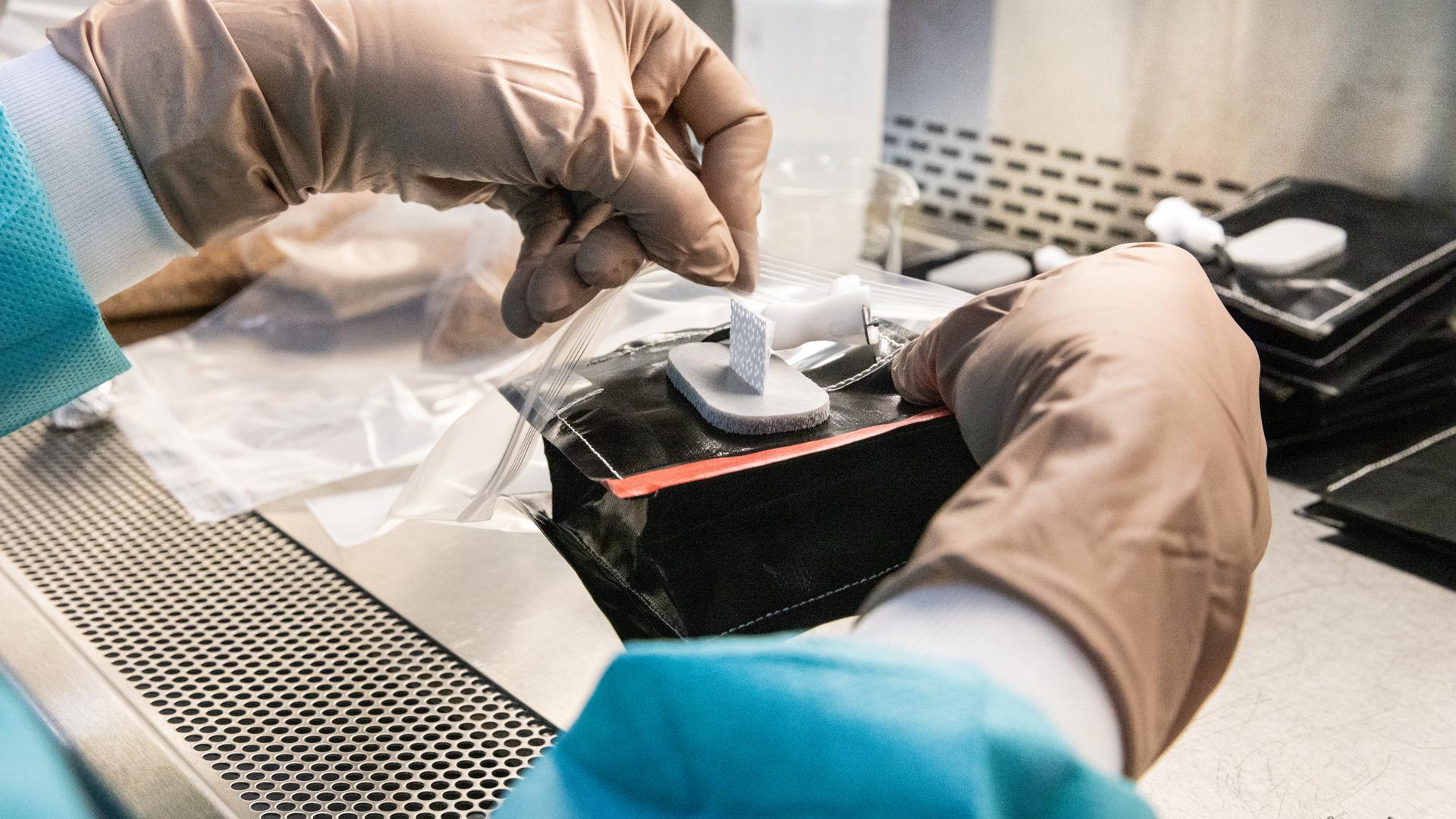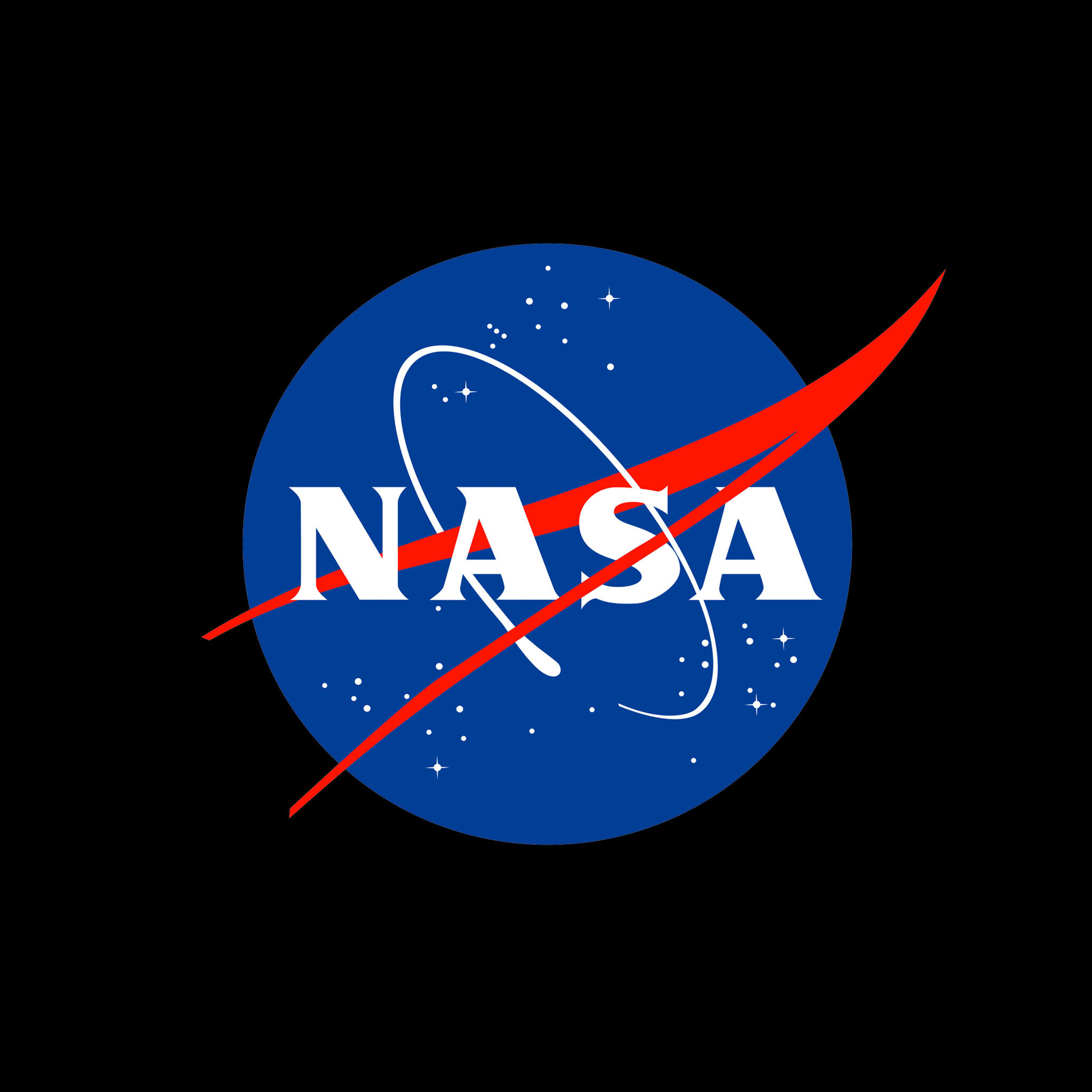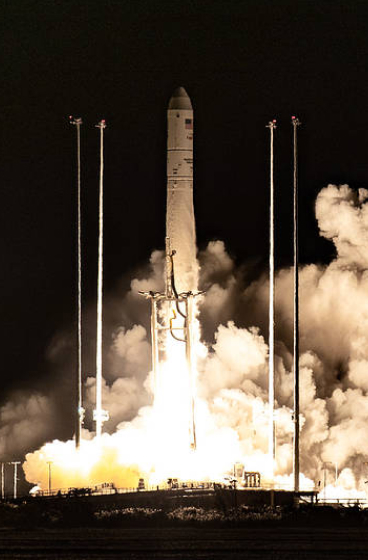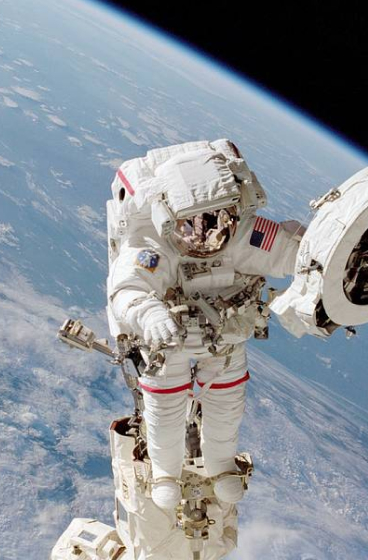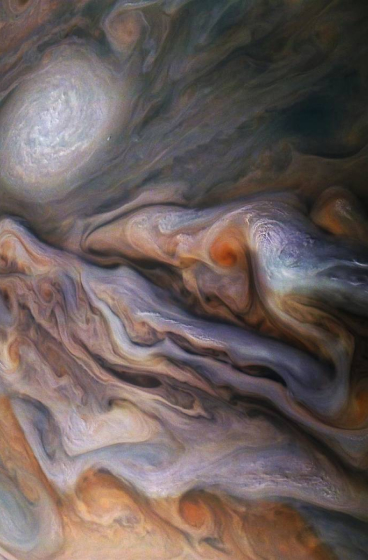Moonquakes pose little risk to astronauts during a mission lasting just a few days. But their effects on longer-term lunar surface assets could be significant...
5 min read
NASA’s Apollo Samples, LRO Help Scientists Forecast Moonquakes

As NASA prepares to send astronauts to the surface of the Moon’s south polar region for the first time ever during the Artemis III mission, scientists are working on methods to determine the frequency of moonquakes along active faults there.
Faults are cracks in the Moon’s crust that indicate that the Moon is slowly shrinking as its interior cools over time. The contraction from shrinking causes the faults to move suddenly, which generates quakes. Between 1969 and 1977, a network of seismometers deployed by Apollo astronauts on the Moon’s surface recorded thousands of vibrations from moonquakes.
Moonquakes are rare, with the most powerful ones, about magnitude 5.0, occurring near the surface. These types of quakes are much weaker than powerful quakes on Earth (magnitude 7.0 or higher), posing little risk to astronauts during a mission lasting just a few days. But their effects on longer-term lunar surface assets could be significant. Unlike an earthquake that lasts for tens of seconds to minutes, a moonquake can last for hours, enough time to damage or tip over structures, destabilize launch vehicles on the surface, or interrupt surface operations.
“The hazard probability goes way up depending on how close your infrastructure is to an active fault,” said Thomas Watters, senior scientist emeritus at the Smithsonian’s National Air & Space Museum in Washington.
Watters is a long-time researcher of lunar geology and a co-investigator on NASA’s LRO (Lunar Reconnaissance Orbiter) camera. Recently, he and Nicholas Schmerr, a planetary seismologist at the University of Maryland in College Park, developed a new method for estimating the magnitude of seismic shaking by analyzing evidence of dislodged boulders and landslides in an area, as the scientists reported on July 30 in the journal Science Advances. Studies like these can help NASA plan lunar surface assets in safer locations.
Unlike an earthquake that lasts for tens of seconds to minutes, a moonquake can last for hours, enough time to damage or tip over structures, destabilize launch vehicles on the surface, or interrupt surface operations.
There are thousands of faults across the Moon that may still be active and producing quakes. Watters and his team have identified these faults by analyzing data from LRO, which has been circling the Moon since 2009, mapping the surface and taking pictures, providing unprecedented detail of features like faults, boulders, and landslides.
For this study, Watters and Schmerr chose to analyze surface changes from quakes generated by the Lee-Lincoln fault in the Taurus-Littrow valley. NASA’s Apollo 17 astronauts, who landed about 4 miles west of the fault on Dec. 11, 1972, explored the area around the fault during their mission.
By studying boulder falls and a landslide likely dislodged by ground shaking near Lee Lincoln, Watters and Schmerr estimated that a magnitude 3.0 moonquake — similar to a relatively minor earthquake — occurs along the Lee Lincoln fault about every 5.6 million years.
“One of the things we’re learning from the Lee-Lincoln fault is that many similar faults have likely had multiple quakes spread out over millions of years,” Schmerr said. “This means that they are potentially still active today and may keep generating more moonquakes in the future.”
The authors chose to study the Lee-Lincoln fault because it offered a unique advantage: Apollo 17 astronauts brought back samples of boulders from the area. By studying these samples in labs, scientists were able to measure changes in the boulders’ chemistry caused by exposure to cosmic radiation over time (the boulder surface is freshly exposed after breaking off a larger rock that would have otherwise shielded it).
This cosmic radiation exposure information helped the researchers determine how long the boulders had been sitting in their current locations, which in turn helped inform the estimate of possible timing and frequency of quakes along the Lee-Lincoln fault.

Apollo 17 astronauts investigated the boulders at the bases of two mountains in the valley. The tracks left behind indicated that the boulders may have rolled downhill after being shaken loose during a moonquake on the fault. Using the size of each boulder, Watters and Schmerr estimated how hard the ground shaking would have been and the magnitude of the quake that would have caused the boulders to break free.
The team also estimated the seismic shaking and quake magnitude that would be needed to trigger the large landslide that sent material rushing across the valley floor, suggesting that this incident caused the rupture event that formed the Lee-Lincoln fault.
Taking all these factors into account, Watters and Schmerr estimated that the chances that a quake would have shaken the Taurus-Littrow valley on any given day while the Apollo 17 astronauts were there are 1 in 20 million, the authors noted.
Their findings from the Lee-Lincoln fault are just the beginning. Watters and Schmerr now plan to use their new technique to analyze quake frequency at faults in the Moon’s south polar region, where NASA plans to explore.
NASA also is planning to send more seismometers to the Moon. First, the Farside Seismic Suite will deliver two sensitive seismometers to Schrödinger basin on the far side of the Moon onboard a lunar lander as part of NASA’s CLPS (Commercial Lunar Payload Services) initiative. Additionally, NASA is developing a payload, called the Lunar Environment Monitoring Station, for potential flight on NASA’s Artemis III mission to the South Pole region. Co-led by Schmerr, the payload will assess seismic risks for future human and robotic missions to the region.
For more information on NASA’s LRO, visit:
Media Contacts:
Karen Fox / Molly Wasser
Headquarters, Washington
202-358-1600
karen.c.fox@nasa.gov / molly.l.wasser@nasa.gov
Lonnie Shekhtman
NASA’s Goddard Space Flight Center, Greenbelt, Md.
About the Author
Lonnie Shekhtman
